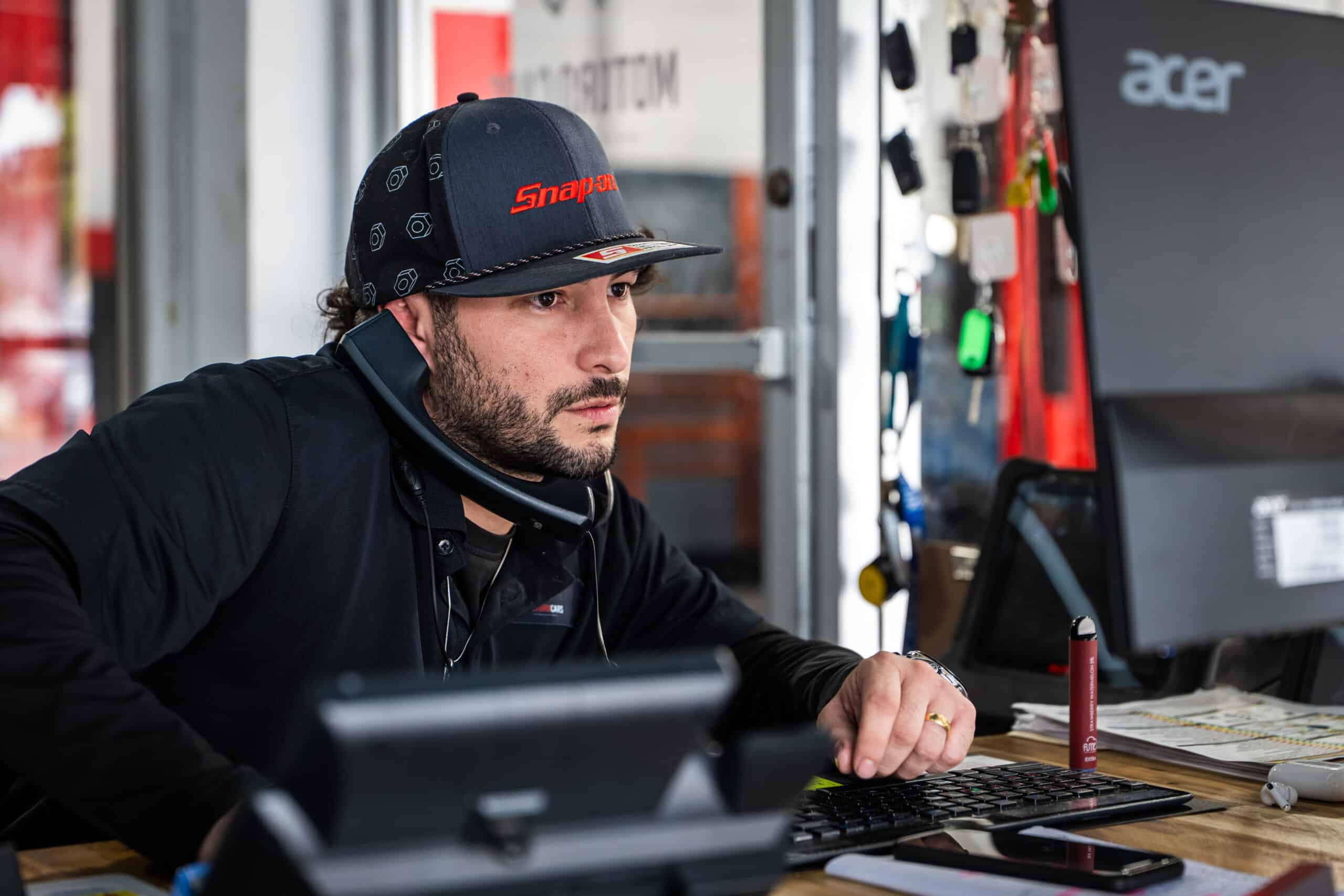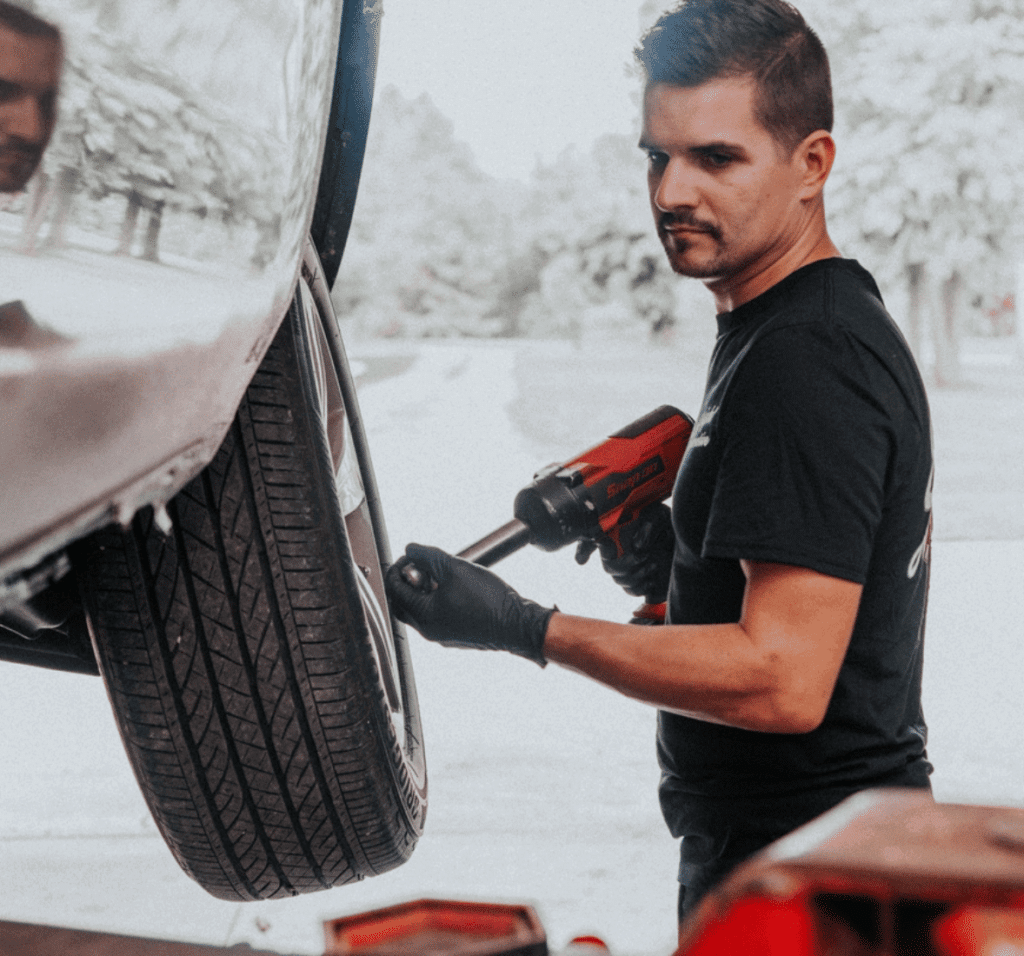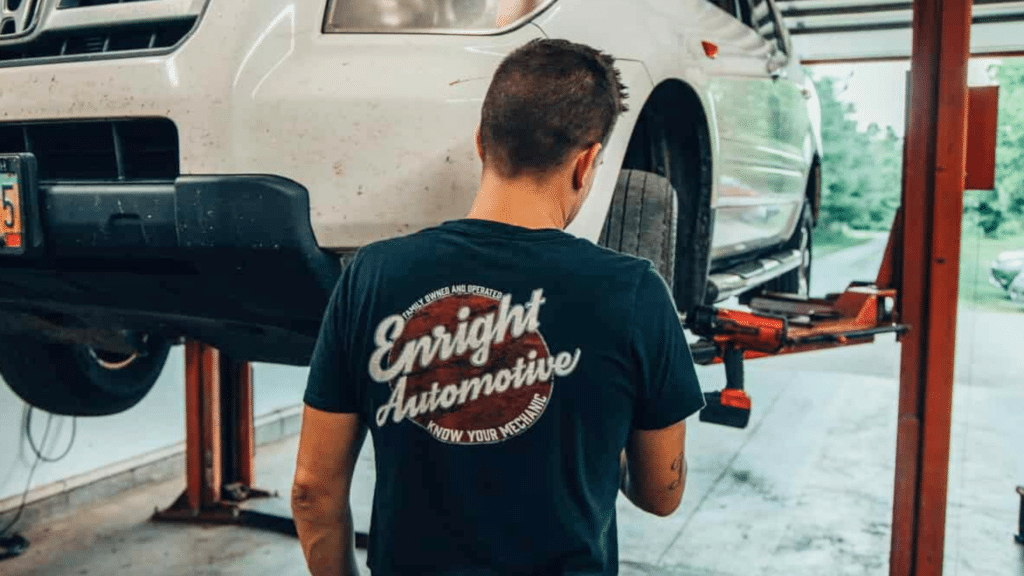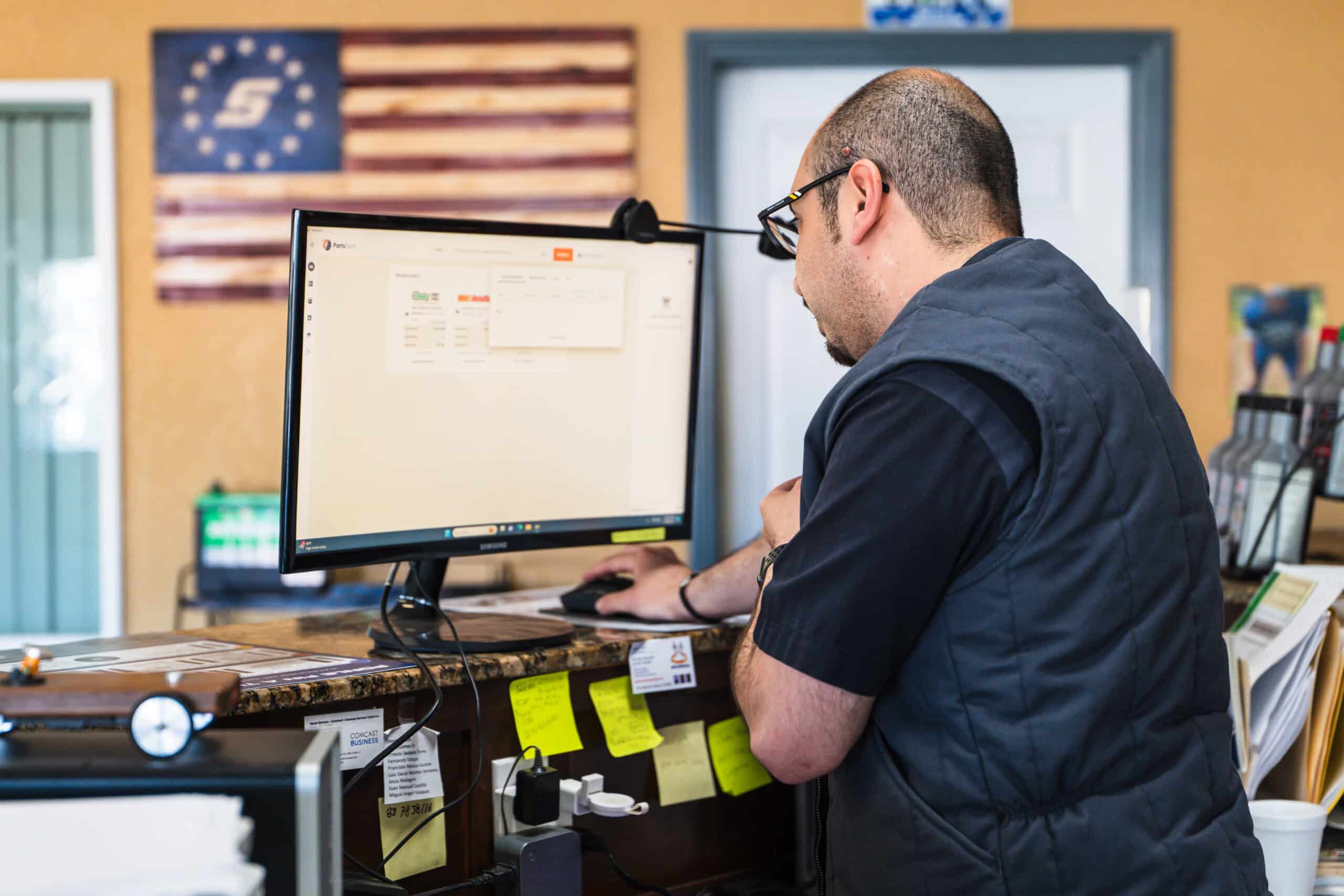
Are you thinking about starting your own auto repair shop? Whether you’ve been in the automotive industry for years or are considering entering the industry by way of shop ownership, starting a shop from scratch is challenging, but it can also be an incredibly rewarding journey.

We had the opportunity to speak with our customer, Chris Enright, the owner of Enright Automotive, about his experience in opening his shop in Alexandria, Ohio, in 2020. If you hang out on social media, you may know Chris as @enright_automotive (Instagram), @enrightauto (TikTok and YouTube), or Enright Automotive (Facebook).
Located in a small town in central Ohio, Enright Automotive specializes in Honda and Acura vehicles, with a significant portion of its revenue coming from these brands.
Chris shared with us the highs, challenges, and surprises of launching his shop — and his story is full of valuable insights for anyone considering the same path.
The dream: Owning his own business
Chris Enright’s journey into the world of automotive repair started with a love for working on his own vehicles. After 15 years working in the industry, including stints at independent shops and dealerships, Chris realized that the corporate culture and the constraints of being a technician in those environments were no longer fulfilling. Frustrated by the environment and driven by a desire for something more, Chris opened his own shop.
“I got to the point where I allowed the frustration to boil up,” Chris explained. “We planned to start the business eventually, but one day, I just decided I couldn’t wait any longer. I quit my job, put everything in motion, and opened Enright Automotive a month later.”
The good: Learning, freedom, and flexibility
Learning. Learning. Learning.
Chris embraced the learning curve that comes with starting a new business. Every day presents new challenges and opportunities to grow. He discovered early on that being a successful shop owner isn’t just about fixing cars — it’s about running a business efficiently, providing excellent customer service, and continuously improving operations.
“I love learning, and the entire process was new to me,” Chris shared. “One of the first things you must learn ASAP is that you’re no longer just a technician (if that’s your background); you’re a business owner. That shift in mindset is crucial in the learning process and setting your business up for success.”
Freedom and flexibility
For Chris, one of the most significant rewards of owning an auto shop is the freedom it offers. While the early days of running the shop required long hours and intense dedication, the flexibility of being your own boss is unparalleled.
“As you grow the business and start to do better, the freedom is one of the best parts about business ownership,” Chris said. “If I want to take a day off, I can just take a day off.”
The bad: Challenges and setbacks
“I wouldn’t say there was anything that I’d label as truly ‘bad,’ but there were certainly challenges that could have become bad real quick if I hadn’t been proactive about tackling them,” said Chris.
Challenge: Client acquisition
Getting clients through the door is one of the biggest challenges for any new business, and Chris’ shop was no exception. Even with years of experience in the industry, building a client base from scratch was tough.
“I was not under a do-not-compete contract with my former employer when I opened my shop, so I had about 60 to 70 regular clients follow me when I opened my own shop, but it was still challenging to get the word out and bring in new business,” Chris noted. “Building a client base takes time, and every new shop owner needs to prepare for it,” said Chris, “Make sure you have a customer acquisition plan before you open your doors.”
Challenge: Operational struggles
Chris also faced operational challenges that many new shop owners might not anticipate. From scheduling to managing finances, he quickly learned that being a successful auto shop owner requires far more than just technical skills and wrenching on cars.
“For example, in the beginning, I was just scheduling everybody at any time, and it was a disaster. I just thought that I needed to get as many cars in the door as possible, and that’s all I cared about. However, that scheduling strategy resulted in issues such as wasted time spent waiting for customers to arrive, customers waiting for their vehicle’s turn, and inefficient use of my bay. I schedule way differently today,” said Chris.
The unexpected: The shift from technician to business owner
Time management: No longer just a technician
In the beginning, Chris spent far more time on administrative tasks than on repair work. “One of the hardest things was learning how to run the business side of things,” Chris explained. “You can’t just focus on fixing cars — you have to know your numbers, manage your time effectively, and set up processes that keep everything running smoothly.”
Today, as a one-person shop, Chris spends about 65% of his time working on the computer and only 35% fixing cars (and that’s with having implemented a management system). “The administrative side of running a business is huge, and it’s something new shop owners need to be ready for,” says Chris.
One of the keys to Chris’ success in his time management today was found through implementing the right tools and software. He learned the hard way how important it is to have a good shop management system (SMS). After starting out with no SMS, he quickly realized that he needed a solution to help streamline his operations. “After trying out a couple of basic systems, I finally switched to Tekmetric, and it paid for itself within the first month,” Chris said. “The efficiency it brought to my workflow, combined with tools like PartsTech for sourcing and ordering parts, has been instrumental in helping my shop operate as smoothly as it does today. Doing your homework and implementing a shop management system before you open is something I highly recommend.”
Labor rate: The importance of charging what you’re worth
Chris initially struggled with undercharging for his services — a common issue for technicians transitioning to shop ownership. However, he soon realized that to sustain and grow his business, he needed to charge appropriately for his work. “I went from charging $80 an hour to $150 an hour, and my parts margins increased significantly as well,” Chris said. “It was a tough lesson, but charging what you’re worth is essential if you want your business to survive and thrive.”
Quality of life is important to Chris, “I never work past 5:00 PM now, and I tell people all the time that I went from doing 70 to 80 repair orders a month to about 40 to 45 repairs a month after I adjusted my prices and started charging what I was worth. My gross revenue is almost double, and I’m doing half the work.”
Hiring and expansion: Getting too comfortable
As the business grew, Chris faced another unexpected challenge — the need to expand and hire help. He recently hired his first employee — a move he admits he should have made far sooner.
“I held myself back from hiring someone because I was comfortable, but I realized that to grow, I needed to take that leap,” Chris explained. “Now that I have help, I can focus more on the business and less on the day-to-day tasks.”
Tips from Chris for aspiring shop owners
Chris’ journey has taught him valuable lessons that he’s eager to share with others who are considering starting their own shop. Here’s his top 3 tips:
- Financial preparedness: “Save as much money as you can before opening your shop. We live in Ohio, and we had $50,000 to get the business started, and it wasn’t enough. Be prepared to go without a paycheck for a while.”
- Service advisor training: “Most techs are terrible on the counter. Invest in service advisor training to improve your customer interactions and ensure you’re charging what you need to vs. doing emotional discounting all the time and undervaluing your work.”
- Self-awareness: “Be open-minded and self-aware. Understand that you don’t know everything, and be willing to learn and grow. Your ego can be your biggest obstacle.”
Learn more from Chris
Starting an auto repair shop is not for the faint of heart, but as Chris Enright’s story shows, it can be an incredibly rewarding experience with the right approach. His journey from frustrated technician to successful shop owner is a testament to the power of perseverance, continuous learning, and the willingness to adapt.
If you’re thinking about opening your own shop or recently opened your shop, watch our on-demand webinar, where Chris shares more of his story and dive deeper into the tips he shares with aspiring and brand-new shop owners.
Related blog post:
(Part 2) Starting an auto repair shop: The good, bad, and unexpected



